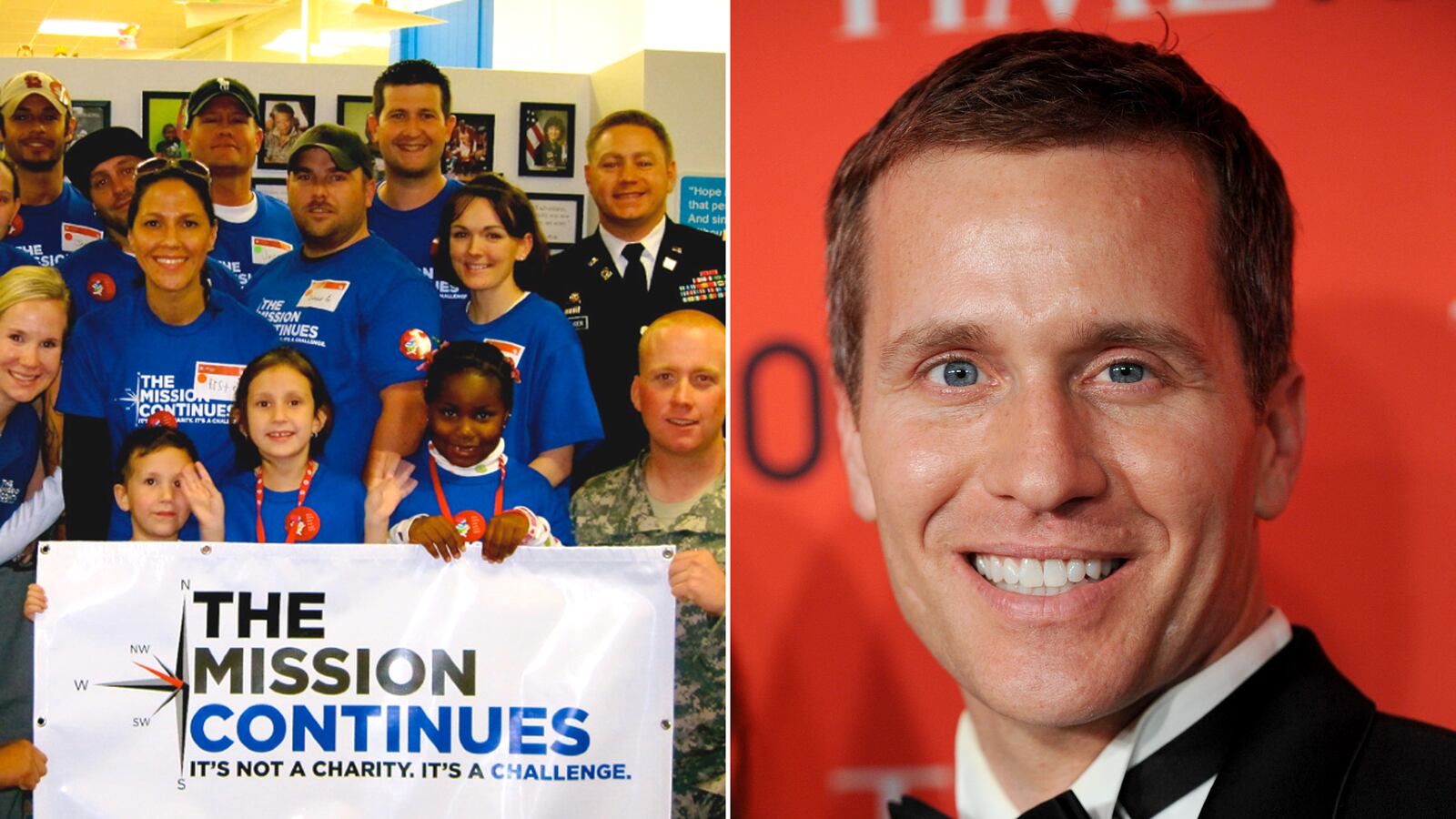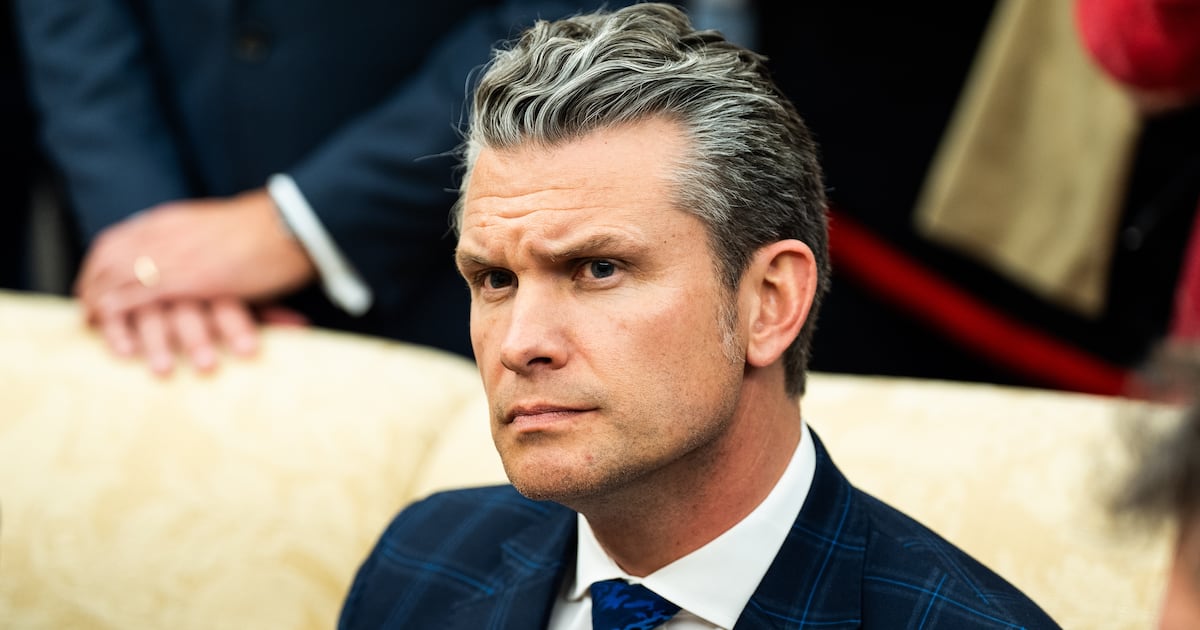There were three central reasons why I decided to enlist in the Navy SEALs. One was I had spent time doing humanitarian work overseas in Bosnia with people who had survived the ethnic cleansing, and in Rwanda with people who had survived the genocide. I came to believe really strongly that, in certain situations—especially ethnic cleansing and genocide—people needed others to stand up who were willing to protect them. As a graduate student at Oxford, I spent a lot of time talking, and joining the military was a way for me to live those values. Also, I was 26 when I joined, but I still had a 16-year-old’s desire to jump out of planes, scuba dive, and do all those things that the Navy SEALs promised. And, I was attracted to the test. SEAL team training is widely considered to be the hardest training in the world, and I wanted to test myself and push myself. Plus, I had a desire to serve my country. I was fortunate to go to undergrad [at Duke] and graduate school on scholarship, and you ask yourself what all of that is for, and for me, I felt like part of it was to find a way to be of service.

On the morning of Sept. 11, 2001, I was in Navy SEAL basic training and I remember we came out of the ocean—we had done a two-mile ocean swim—and as we were running back up the beach, someone came running from the opposite way and said a plane had hit one of the twin towers in New York. We didn’t know exactly what that meant or what was happening. Later, we ran over to breakfast and as we were eating, we started to realize what had really happened that morning. For everyone in the SEAL team and everyone in the country, everything changed that day.
One of the things that comes through really strongly when you’re serving overseas—and it’s true of Iraq, Afghanistan, Southeast Asia, and the Horn of Africa, where I went—is you’re struck by the incredible power and capability of young Americans. I had joined when I was 26 and I was older, working with guys who were 19 and 20 years old. To see the kind of endurance, patience, fortitude, and thoughtfulness that they conducted their duties with in places like Iraq, where it’s 107 degrees outside, you’re wearing body armor, and inside Humvees, and then have to step out and, at a moment’s notice, engage a potential terrorist or speak with a family inside a home, was really impressive. The other thing is that people really do look to the United States for leadership. When you go anywhere in the world, almost always the longest line is the line outside the U.S. Embassy with people waiting to get a visa. There’s a profound respect for the idea of what America offers—that anyone can come and find a way to build a life here.
When I came home from duty, I flew back to the States, woke up the next morning, and drove off the base. I remember driving by a Wendy’s drive-thru, and there were all these people sitting in line at the Wendy’s. Forty-eight hours before, I had been in a helicopter that was getting shot at in Iraq. I remember wanting to stop my truck and go out and ask these people if they knew what was happening overseas. People have a tremendous respect for the U.S. military, but they don’t really understand what this generation of soldiers has endured. I also visited some friends at the Naval Hospital in Bethesda, Md., and the most serious injuries I saw weren’t people who had lost their eyes or their legs. The most serious challenge was when people lost their sense of purpose.
The idea behind our organization The Mission Continues is to create a way for veterans to serve in their community, and by doing so, they can rebuild a sense of purpose themselves while at the same time making their community stronger. All of these men and women came back with all of these great skills, talents, and abilities, and they were searching to find a way to build that same sense of accomplishment and purposeful work at home that they had overseas.
I donated my combat pay from Iraq and two friends—Ken Harbaugh, who was a Navy pilot, and Kaj Larsen, who served with me on the SEAL team—put in money from their disability checks, and we used that to start The Mission Continues. I came back from Iraq in May 2007, and we officially became a nonprofit organization in August 2007, and we’ve been at it since. Originally the intention was just to try to make a difference in the lives of a couple of veterans. What we’ve found is that the methodology we were using of challenging people, of asking them to find a way to come back home and get involved in their communities, was really having a double effect. One, it was helping veterans to rebuild a sense of purpose and direction in there life, and two, communities loved it because veterans were coming back and offering quality service to the communities.
J.J. and Katie read my book, The Heart and the Fist, and they were trying to find a way to get involved helping veterans. They’re really thoughtful philanthropists, so they asked a number of people who had expertise in the field of veterans to give them a list of the highest-performing organizations that work with veterans, and The Mission Continues was at or near the top of every list. J.J. and Katie spoke to some of our staff, and we had a wonderful dinner out in L.A., and they really got excited about the idea of doing something big together, a partnership, between The Mission Continues, Bad Robot, and Paramount with the Star Trek movie. That was the very beginning. Over the course of several meetings, the Bad Robot team generated ideas about how we could promote The Mission Continues, including putting me and some of the fellows into [Star Trek: Into Darkness] in a brief spot, and this partnership has really helped us get the message out to people about The Mission Continues, as well as raise the type of funds we need to keep this mission going.

On the citizen level, there are three things that people can do to help veterans. The first is to come out and volunteer alongside veterans. We’ve had 35,000 Americans come out to do at least one day of service with our veterans, and we find that people really get to know and understand this generation of veterans. The second is to invest, because when people invest in the work it helps us create transformative experiences for veterans who are transitioning. Third, we need people to help tell our story. The choice is yours.
As told to Marlow Stern.





